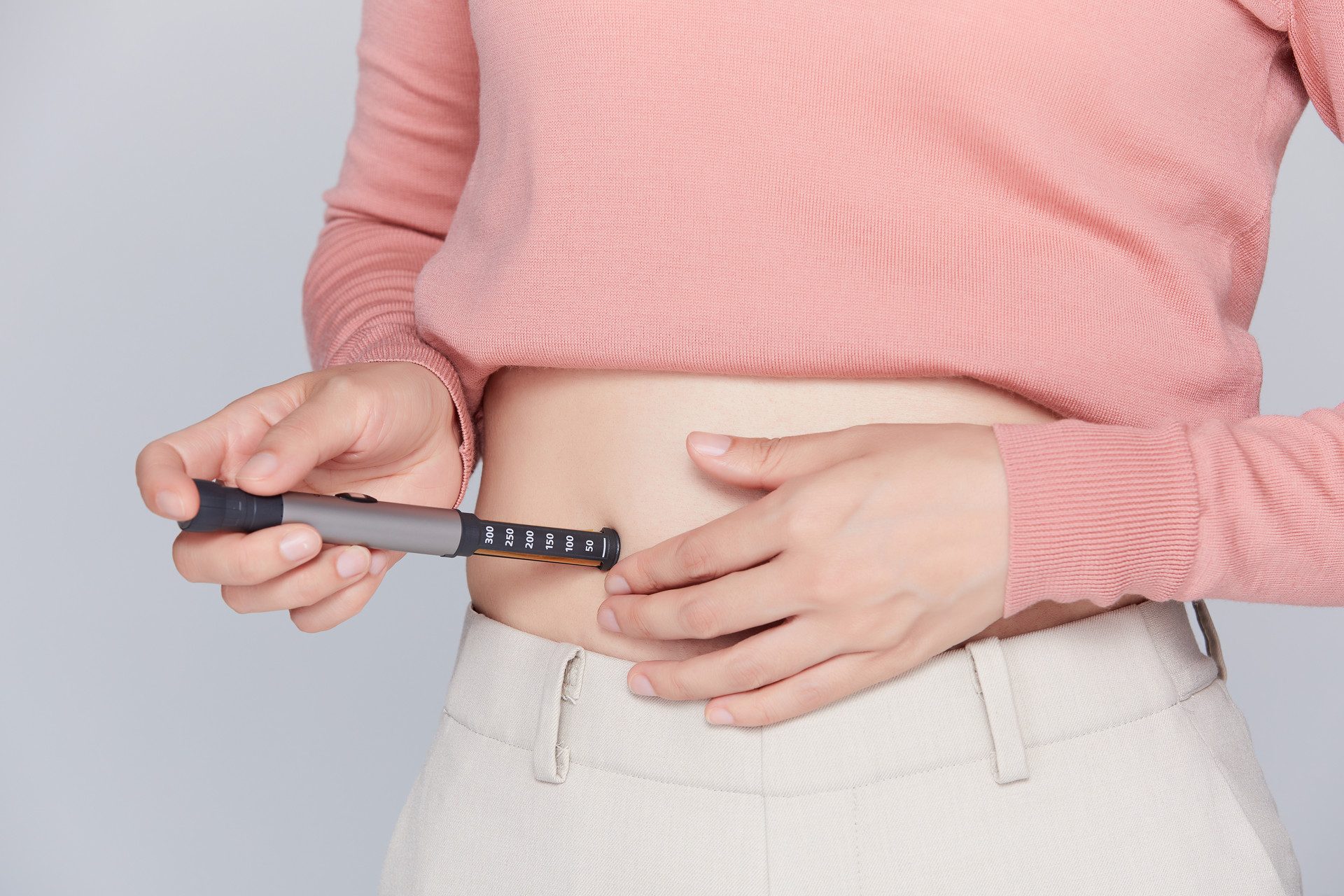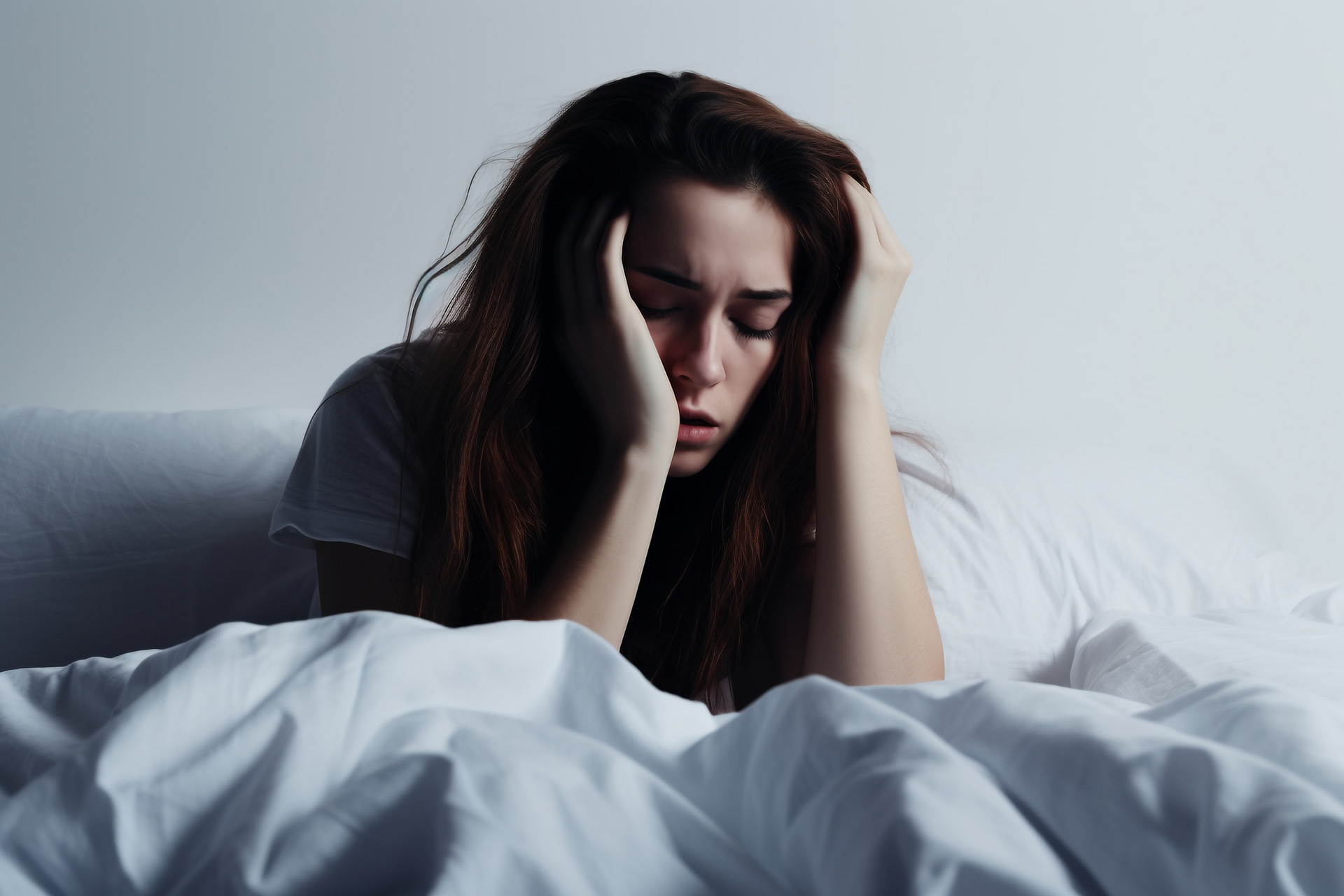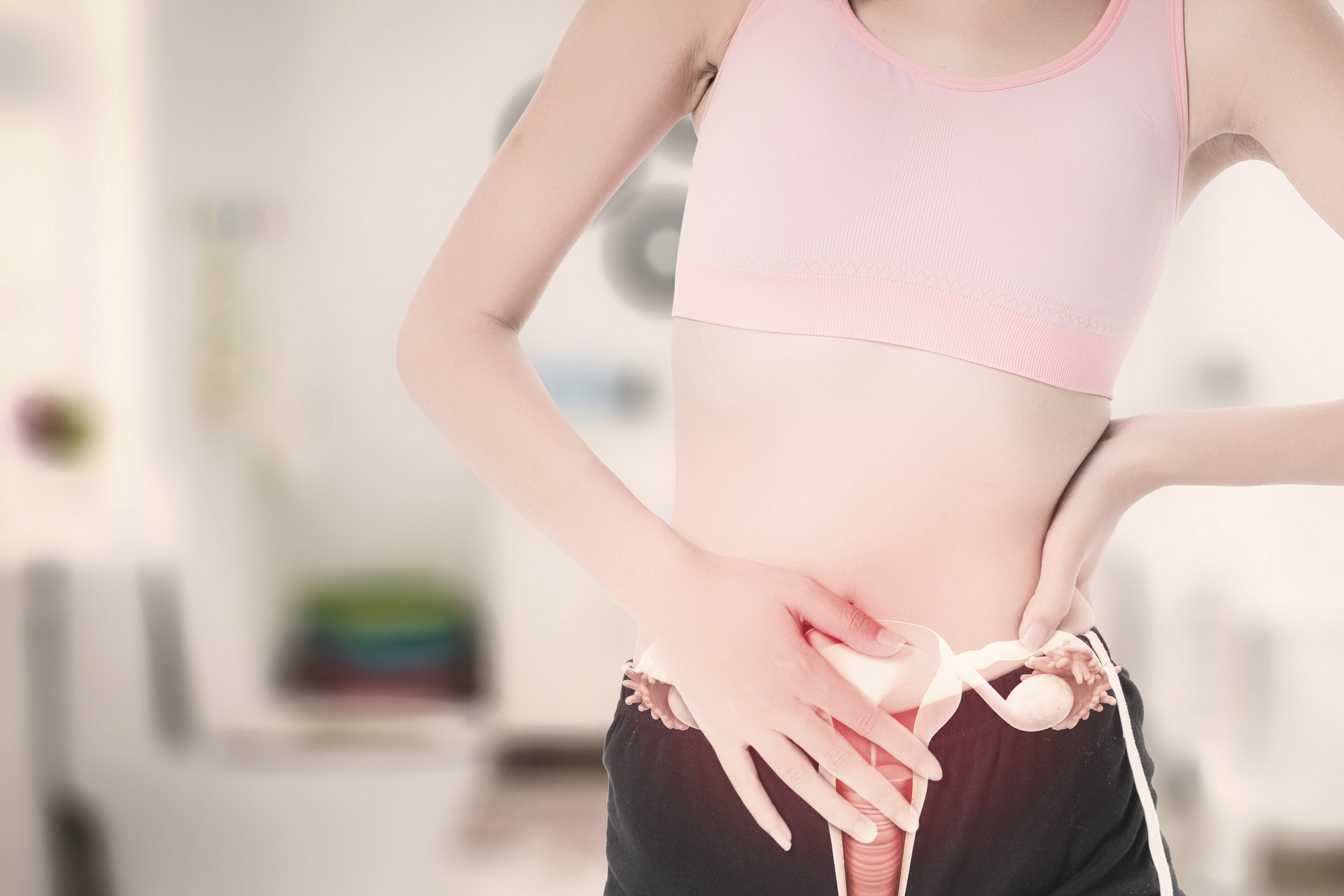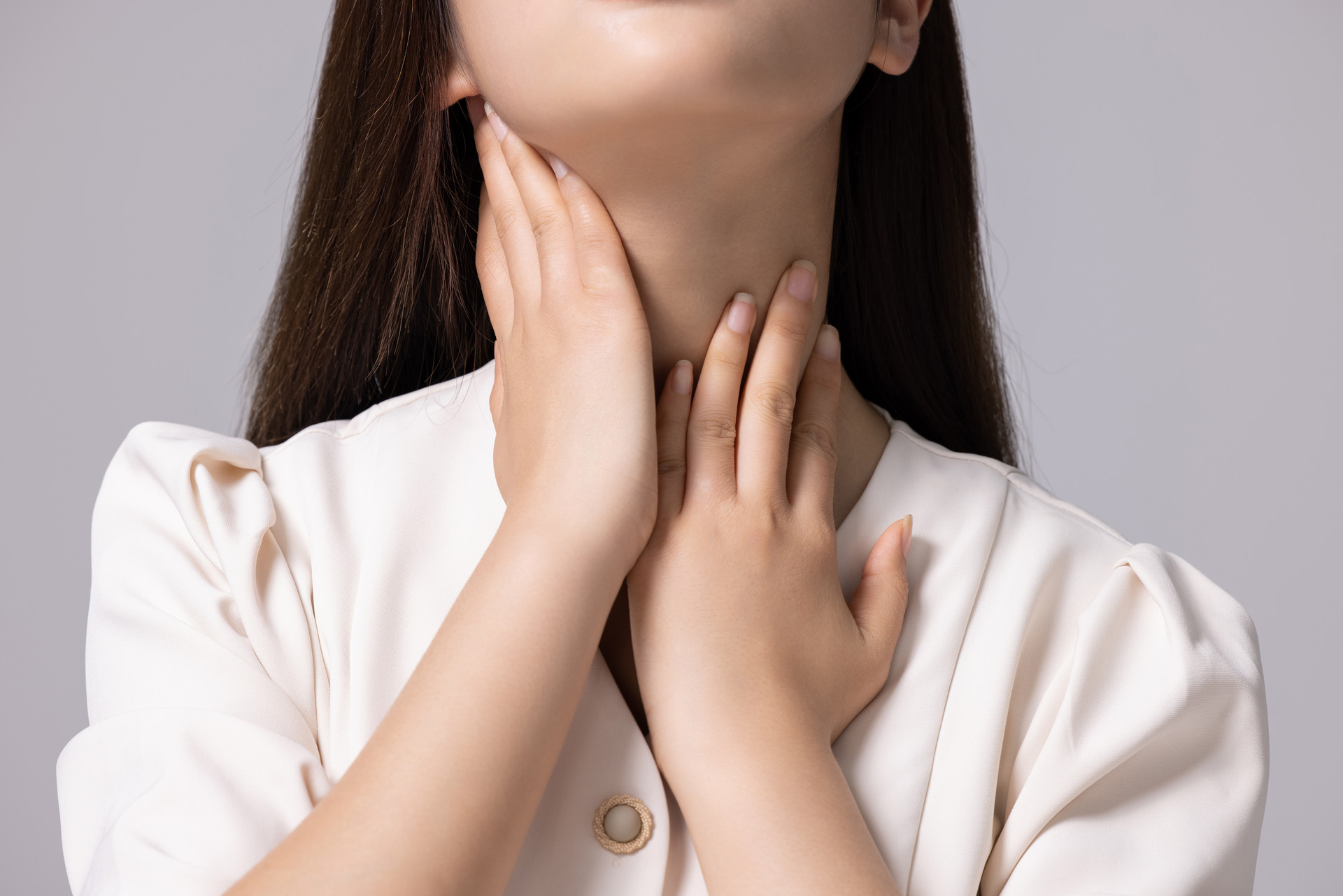
Cesarean section refers to the process in which a fetus cannot be delivered through the vagina due to various reasons and can only be extracted directly from the abdominal cavity through surgery. Common reasons include scarred uterus, placenta previa, placental abruption, breech presentation, etc. Generally, after the pregnant woman undergoes anesthesia in the lumbar region, the uterus is incised and the fetus is removed from the uterus. Cesarean section surgery carries certain risks and indications should be strictly followed.
Although anesthesia methods include general anesthesia, spinal anesthesia, epidural anesthesia, and combined spinal-epidural anesthesia, the most commonly used anesthesia method for cesarean section is combined spinal-epidural anesthesia. This anesthesia method combines epidural anesthesia and spinal anesthesia, and has basically replaced the previous simple epidural anesthesia and spinal anesthesia. In simple terms, after local anesthesia is applied to the skin and subcutaneous tissue in the lumbar region, a thin epidural puncture needle is used to puncture the epidural space from the outside to the inside, and then a finer spinal needle is inserted. After smooth withdrawal of cerebrospinal fluid, an appropriate amount of local anesthetic (lidocaine, bupivacaine) is administered. The spinal needle is then removed, and a thin catheter is inserted into the epidural space through the epidural puncture needle and fixed outside the skin. If necessary, local anesthetic can be injected at intervals to achieve continuous anesthesia.
Anesthesia does not cause back pain
Combined spinal-epidural anesthesia is one of the safest and most effective anesthesia methods, belonging to intrathecal anesthesia. Any invasive operation carries certain risks. Although doctors routinely explain the anesthesia method and possible complications during anesthesia before the procedure, for lumbar anesthesia (i.e., combined spinal-epidural anesthesia), complications may include postoperative headache, urinary retention, nerve injury, epidural hematoma, sensory or motor disorders in the lower limbs, etc., but it generally does not cause or leave back pain.
This is because for experienced anesthesiologists, this type of anesthesia is a very mature technique. The puncture needle is very thin, generally less than 1 millimeter, and causes minimal trauma to the various layers of tissues in the lumbar region, similar to giving a muscle injection. In addition, the medication is only injected around the nerves. The anesthetic remains effective in the body for only 3-4 hours and is eliminated after metabolism, without long-lasting residual effects. The needle puncture site on the skin heals within 3-4 days. Clinical observations have found that although some people may experience short-term discomfort or pain in the lower back after the procedure, it generally gradually disappears within 1-2 weeks and does not result in chronic back pain.
Therefore, there is no need to worry about anesthesia causing injury to the lower back or nerves, let alone be afraid and increase psychological pressure.
Multiple causes of back pain in women
There are many causes of back pain in women after childbirth. First, it may be due to invasion of wind, cold, and dampness. Wind is the origin of many diseases, while cold represents yin evil, and excessive dampness can all lead to myofascial inflammation in the lower back. As stated in the "Plain Questions · True Essentials and Great Discussions": "When dampness predominates... the neck is pulled, the waist is twisted, the thigh cannot be turned back." Second, it may be due to the five types of exertion. Prolonged sitting can strain the muscles, prolonged standing can strain the bones, and prolonged walking can strain the tendons, all of which can easily cause muscle fatigue in the lower back. Third, it may be due to improper posture when twisting or lifting heavy objects, which can cause disorders or injuries to the small joints of the lumbar vertebrae, resulting in back pain. Fourth, it may be related to changes in the pelvis and estrogen levels during delivery, leading to sacroiliac osteitis, dislocation, and strain. Fifth, it may be due to kidney deficiency causing back pain. Frequent sexual activity can cause fatigue-related back pain, and excessive force during sexual activity can injure the lower back. The "Yellow Emperor's Inner Canon" points out: "Excessive force will damage the kidney qi and cause damage to the vertebral bones in the lower back." In addition, common conditions such as lumbar disc herniation, degeneration of lumbar discs, and gynecological diseases can directly or indirectly affect the lumbar vertebrae, intervertebral discs, muscles, small joints, and ligaments, leading to back pain. From the perspective of orthopedics, among the many causes, anesthesia during a cesarean section is not a factor that causes back pain.
Prevention and treatment to avoid delay
Once back pain occurs and does not improve after proper rest, it is necessary to seek medical attention from a regular hospital in a timely manner. X-ray examination is generally required. If the pain persists, recurs, and the cause cannot be determined, further CT or MRI examinations are needed for a definitive diagnosis. After diagnosis, traditional Chinese medicine treatments should be actively adopted, such as internal and external use of Chinese herbal medicine, acupuncture, cupping, and massage. Prevention should also be emphasized in daily life: First, slow down movements such as turning or bending over in daily activities, and use the correct posture when lifting heavy objects, avoiding excessive force concentrated on the lower back; second, pay attention to preventing acute trauma to the lower back, such as heavy blows, car accidents, and falls, in order to prevent injuries to the lumbar muscles and intervertebral disc tissues; third, prevent invasion of wind, cold, and dampness in the lower back, maintain balanced blood circulation, and prevent degeneration of intervertebral discs and myofascial inflammation; fourth, avoid prolonged sitting to prevent muscle fatigue and premature degeneration of intervertebral discs; fifth, exercise moderation in sexual activity to prevent kidney deficiency-related back pain. Traditional Chinese medicine believes that "the waist is the residence of the kidneys, if it is excessively shaken, the kidneys will become exhausted." Pay attention to moderation in sexual activity and avoid excessive force; sixth, adhere to regular exercise to enhance the stability of the lumbar vertebrae and muscle strength.











